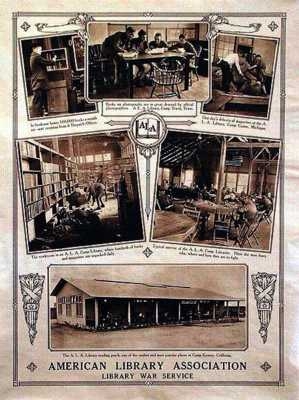
Digital History
America at War: World War II
| Molding Public Opinion | Previous | Next |
| Digital History ID 3492 | ||
 President Roosevelt hoped to avoid the crude propaganda campaigns that had stirred ethnic hatred during World War I. Nevertheless, anti-Japanese propaganda was intense. Movies, comic strips, newspapers, books, and advertisements caricatured Japanese by portraying them with thick glasses and huge buck teeth.
President Roosevelt hoped to avoid the crude propaganda campaigns that had stirred ethnic hatred during World War I. Nevertheless, anti-Japanese propaganda was intense. Movies, comic strips, newspapers, books, and advertisements caricatured Japanese by portraying them with thick glasses and huge buck teeth.
Motion pictures emerged as the most important instrument of propaganda during World War II. After Pearl Harbor, Hollywood quickly enlisted in the war cause. The studios quickly copyrighted movie titles like Yellow Peril and V for Victory. Hollywood's greatest contribution to the war effort was morale. Combat films produced during the war emphasized patriotism, group effort, and the value of sacrifice for a larger cause. The films portrayed World War II as a peoples' war, typically featuring a group of men from diverse ethnic backgrounds thrown together, tested on the battlefield, and molded into a dedicated fighting unit. Wartime films also featured women serving as combat nurses, riveters, welders, and long-suffering mothers who kept the home fires burning.
Off-screen, leading actors and actresses led recruitment and bond drives and entertained the troops. Leading directors like Frank Capra and John Huston made documentaries to explain "why we fight" and to show civilians what actual combat looked like.